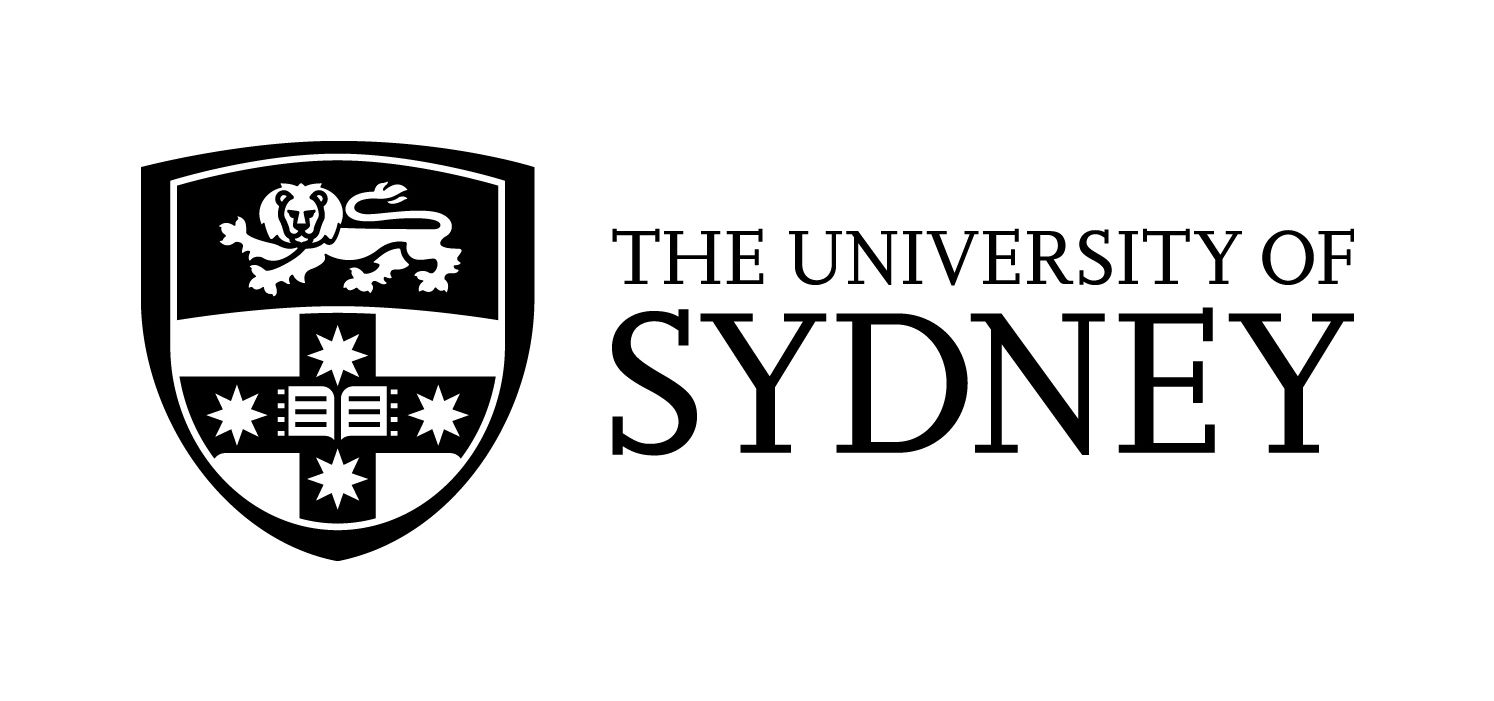Full description
This data collection is associated with the publication: Williams, S., Flament, N., Müller, R. D., & Butterworth, N. (2015). Absolute plate motions since 130 Ma constrained by subduction zone kinematics. Earth and Planetary Science Letters, 418, 66-77. doi:10.1016/j.epsl.2015.02.026
Publication Abstract
The absolute motions of the lithospheric plates relative to the Earth's deep interior are commonly constrained using observations from paleomagnetism and age-progressive seamount trails. In contrast, an absolute plate motion (APM) model linking surface plate motions to subducted slab remnants mapped from seismic tomography has recently been proposed. Absolute plate motion models (or “reference frames”) derived using different methodologies, different subsets of hotspots, or differing assumptions of hotspot motion, have contrasting implications for parameters that describe the long term state of the plate–mantle system, such as the balance between advance and retreat of subduction zones, plate velocities, and net lithospheric rotation. Previous studies of contemporary plate motions have used subduction zone kinematics as a constraint on the most likely APM model. Here we use a relative plate motion model to compute these values for the last 130 Myr for a range of alternative reference frames, and quantitatively compare the results. We find that hotspot and tomographic slab-remnant reference frames yield similar results for the last 70 Myr. For the 130–70 Ma period, where hotspot reference frames are less well constrained, these models yield a much more dispersed distribution of slab advance and retreat velocities. By contrast, plate motions calculated using the slab-remnant reference frame, or using a reference frame designed to minimise net rotation, yield more consistent subduction zone kinematics for times older than 70 Ma. Introducing the global optimisation of trench migration characteristics as a key criterion in the construction of APM models forms the foundation of a new method of constraining APMs (and in particular paleolongitude) in deep geological time.
Authors and Institutions
Simon Williams - EarthByte Research Group, School of Geosciences, The University of Sydney, Australia. ORCID: 0000-0003-4670-8883
Nicolas Flament - EarthByte Research Group, School of Geosciences, The University of Sydney, Australia. ORCID: 0000-0002-3237-0757
R. Dietmar Müller - EarthByte Research Group, School of Geosciences, The University of Sydney, Australia. ORCID: 0000-0002-3334-5764
Nathaniel Butterworth - EarthByte Research Group, School of Geosciences, The University of Sydney, Australia
Overview of Resources Contained
This data collection includes both the Euler rotations and plate polygons for each of the 8 plate reconstructions that were tested in the publication. For each scenario the relative plate motion (RPM) model is unchanged; the differences lie in the absolute plate motion (APM) model.
List of Resources
Note: For details on the files included in this data collection, see “Description_of_Resources.txt”.
Note: For information on file formats and what programs to use to interact with various file formats, see “File_Formats_and_Recommended_Programs.txt”.
- Model of Shephard et al. (2013) with not-net rotation, 'NNR' (.gpml, .rot, total 27.8 MB)
- Model of Muller et al. (1993), 'M1993' (.gpml, .rot, total 27.8 MB)
- Model of O'Neill et al. (2005), 'O2005' (.gpml, .rot, total 27.8 MB)
- Model of Schettino and Scotese (2005), 'S2005' (.gpml, .rot, total 27.8 MB)
- Model of Torsvik et al. (2008), 'T2008' (.gpml, .rot, total 27.8 MB)
- Model of Van der Meer et al (2010), 'V2010' (.gpml, .rot, total 27.8 MB)
- Model of Torsvik et al. (2012), 'T2012' (.gpml, .rot, total 27.8 MB)
- Model of Doubrovine et al. (2012), 'D2012' (.gpml, .rot, total 27.8 MB)
- Additional geometry files (coastlines and static polygons) (.gpml, total 53.5 MB)
For more information on this data collection, and links to other datasets from the EarthByte Research Group please visit EarthByte
For more information about using GPlates, including tutorials and a user manual please visit GPlates or EarthByte
Spatial Coverage And Location
text: Global
User Contributed Tags
Login to tag this record with meaningful keywords to make it easier to discover
- DOI : 10.4227/11/5587A84B4A543



